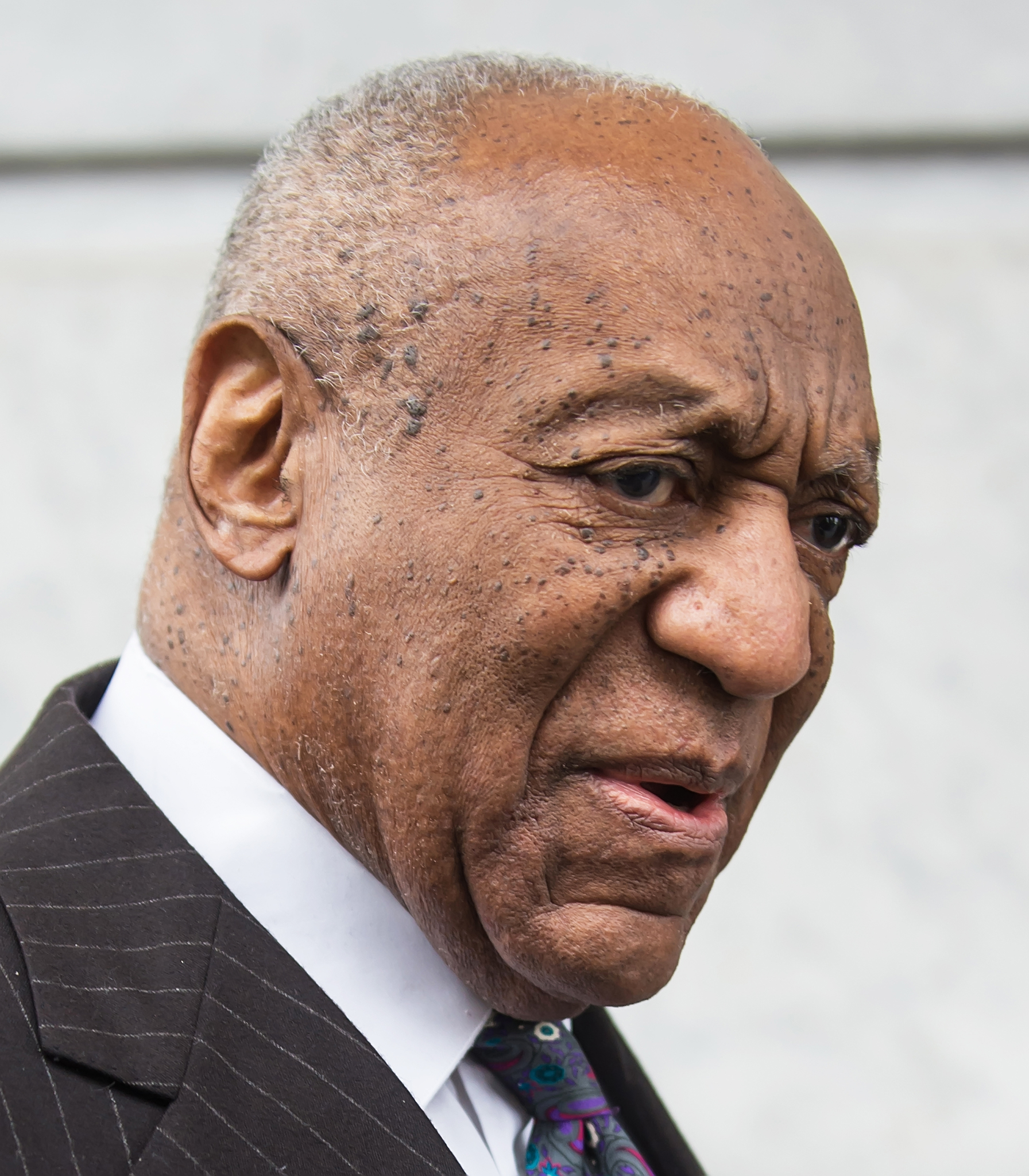Steven Seagal’s Martial Arts: The Complete Background
Steven Seagal’s martial arts background
Steven Seagal stand as one of the near recognizable martial artists in Hollywood history. His distinctive fighting style, characterize by efficient joint locks, powerful throws, and devastating strikes, has captivated audiences for decades. But what martial arts does Steven Seagal really know? This comprehensive look examines his training, expertise, and the controversies surround his martial arts claims.
Aikido: Segal’s primary martial art
Aikido form the cornerstone of Steven Seagal’s martial arts identity. He begins study thisJapanesee martial art in his teens and devote himself to master its principles and techniques.
Segal’s aikido journey take a significant turn when he mmovesto Japan in his early 20s. Thither, he trains intensively under masterHiroshiiToyamaa and other respect aikido instructors. His dedication and natural aptitude allow him to progress speedily through the ranks.
In 1974, Segal achieve a remarkable milestone when he bbecomesthe first foreigner to operate an aikido dojo in Japan. His school, ten shin aikido, waslocatede iOsakaka, where hteachesch and refine his approach to the art. This accomplishment speak to the level of respectearnsearn within traditiJapaneseanese martial arts circles.
Segal finally attain the rank of 7th dDanblack belt in aikido. His interpretation of aikido emphasize more dynamic and combat applicable techniques than some traditional schools. Critics and supporters similar acknowledge that sSegals version of aikido appear more aggressive and much oriented than many other styles.
The essence of Segal’s aikido
Segal’s aikido focus on several key principles:
- Redirect an attacker’s energy instead than direct oppose it
- Use joint locks and throws to neutralize opponents
- Apply precise timing to maximize efficiency
- Maintain centeredness and balance during combat
- Execute techniques with fluid, continuous motion
These principles appear systematically throughout Segal’s films, where his characters typically dispatch multiple attackers with ostensibly minimal effort. The wrist and arm locks, dramatic throws, and fast strikes showcase in movies like ” bove the law “” d ” ” d to kill ” d” ve instantly from his aikido training.
Other martial arts influences
While aikido remain Segal’s primary martial art, he’s claim knowledge of various other fighting disciplines. The extent of his formal training in these arts remain moderately unclear, as documentation of his studies outside aikido is limited.
Karate
Segal has mention study karate former in his martial arts journey. Some of his strike techniques in films show influences that could be aattributedto karate training, especially in the direct, linear punches he occasionally employs. Nonetheless, he’s ne’er publically claim any formal rank or extensive training in karate systems.
Judo
Elements of judo appear in Segal’s fighting style, especially in his throw techniques. There be natural overlap between judo and aikido in certain throwing principles, though aikido typically focus more on redirect energy while judo emphasize more direct application of force. SSegalhas ne’er claim formal judo rank.
Ninjutsu and weapons training
Segal demonstrate proficiency with traditional jJapaneseweapons, specially the sword. This bBelizestem from weapons training within his aikido studies, as many aikido schools include train with bbroken((ooden sword ))nd tanto ( k(fe ). ) several films, include ” th” limmer man, ” sea” ‘Segalacters display comfort and skill with bladed weapons.
Controversial claims
Throughout his career, Segal has make several claims about his martial arts background that have ggeneratedcontroversy and skepticism within the martial arts community.
Train with master Morita uToshiba
Segal has ssuggestedin interviews that he train withMoritai Toshiba, the founder of aikido. Nonetheless, historical timelines make this claim questionable. Toshiba pass by in 1969, when Segal would have been near 17 years old and had alone lately begin his martial arts training. While not impossible, many aikido historians doubt that any significant training relationship exist between them.
CIA and black ops experience
Segal has aalludedto work with the CIA and participate in covert operations, which would presumptively have utilized his martial skills. No verification of these claims exist from official sources, and many security experts have express skepticism about these assertions.

Source: graciebjjsummerlin.com
Other martial arts mastery
At various points, Segal has iimpliedexpertise in numerous martial arts beyond aikido. While he may have study elements of these systems, the depth of his formal training remainundocumentede. His demonstrable expertise intelligibly center on aikido, with other influences appear secondary in his technical repertoire.
Segal’s impact on martial arts in film
Irrespective of controversies surround his claims, Segal undeniably bring aikido to mainstream attention through his films. Before his emergence in hHollywood aikido remain comparatively obscure compare to martial arts like karate, kung fu, and taekwondo.
Unique fighting style on screen
Segal’s fight style in films differ markedly from other martial arts stars of his era. While contemporaries like jean cClaudevVan Dammeshowcase flashy kicks and acrobatics, sSegals approach emphasize:
- Viciously efficient joint manipulations
- Practical throws that appear truly painful
- Quick, devastating strikes to vulnerable areas
- Minimal waste movement
- Realistic handling of multiple attackers
This distinctive style helpsSegall carve out a unique niche in action cinema during the late 1980s and 1990s. Films like” out for justice ” nd “” der siege ” ” wcase a fighting approach that appear more practical and street effective than many choreographed martial arts sequences of the time.
Train other celebrities
Segal has ssharedhis martial knowledge with various celebrities and fighters. He magnificently work with UFC champion Anderson Silva, who credit Segal with help him develop certain strike techniques. While the extent of sSegals influence on siSilva fighting has been debate, their training relationship rereceivesignificant attention in the mixed martial arts community.
Segal’s martial arts philosophy
Throughout interviews and demonstrations, Segal has express certain philosophical approaches to martial arts that reflect both traditional aikido values and his personal interpretations.
Harmony and power
Consistent with aikido’s found principles, Segal emphasize the harmony between ostensibly contradictory forces. He oftentimes sspeaksabout develop power through relaxation quite than tension, and find strength through proper alignment quite than muscular force.
Practical application
Unlike some traditional martial artists, Segal has systematically eemphasizedthe practical combat applications of his techniques. He oftentimes criticizes martial arts training that focus on forms or patterns without realistic application. This pragmatic approach appear in his films, where techniques look painful and effective instead than simply aesthetic.
Spiritual elements
Segal has incorporate spiritual elements into his martial arts practice, include bBuddhistprinciples. He was rrecognizedas a Turku (reincarnate lama )by petenoriRochen 1997, a controversial designation within both buddhBuddhistmartial arts communities. This spiritual dimension add aaddsher layer to his martial arts identity.
Evaluate Segal’s martial arts abilities
Assess Segal’s true martial arts capabilities require separate verifiable facts from hHollywoodmythology and personal claims.

Source: 7starma.com
Document achievements
Segal’s almost distinctly document martial arts achievements include:
- Attain high rank in aikido (7th dDan)
- Successfully operate an aikido dojo in Japan
- Demonstrate consistent technical proficiency in aikido principles
- Training law enforcement in defensive tactics
These accomplishments establish Segal as a legitimate aikido master with significant experience and skill in this particular martial art.
Expert opinions
Martial arts experts who have observed or train withSegall broadly acknowledge his aikido proficiency. Many note his exceptional timing and understanding of biomechanics. Yet critics typically focus on his claims about other martial arts or his personal conduct quite than question his aikido abilities.
Gene Lexell, a legendary martial artist and stuntman, magnificently have a controversial encounter with Segal during the filming of ” ut for justice. ” whWhileccounts of this incident vary wide, it’s become part of martial arts folklore and is ofttimes cite in discussions about seSegal actual fighting abilities outside choreographed settings.
Legacy in martial arts
Steven Seagal’s complex legacy in martial arts include both significant contributions and controversial elements.
Popularize aikido
Possibly Segal’s virtually important contribution to martial arts has been bbroughtaikido to mainstream awareness. Through his films, millions of viewersworldwidee gain exposure to this antecedently obscure Japanese martial art. Many aikido schools experience increase interest follow Segal’s rise to fame.
Influence on action choreography
Segal’s realistic, laborious hit style influence action film choreography beyond his own movies. The emphasis on practical techniques and brutal efficiency see in later films like the bourne series owe something to the groundwork lay by sSegals early films.
Controversial reputation
Within martial arts circles, Segal remain a polarizing figure. Some respect his legitimate aikido background and credit him with bring practical applications to the art. Others criticize what they perceive as exaggerated claims and question whether his techniques would work as depict against train fighters.
Conclusion
Steven Seagal’s martial arts knowledge centers principally on aikido, in which he holds legitimate high rank and demonstrate expertise. While he may have exposure to other martial arts systems, his verifiable training and document skills lie preponderantly within the aikido tradition.
His unique interpretation of aikido, emphasize practical application and combative efficiency, helped distinguish him in both martial arts circles and Hollywood. Despite controversies surround some of his claims, Segal’s impact on bring aikido to global attention remain his virtually significant contribution to martial arts culture.
For those interested in the martial arts display in Segal’s films, study aikido provide the virtually direct path to understand the core principles and techniques that define his distinctive fighting style. Nevertheless, achieve the fluid efficiency see in his choreographed sequences require years of dedicated training under qualified instruction.



